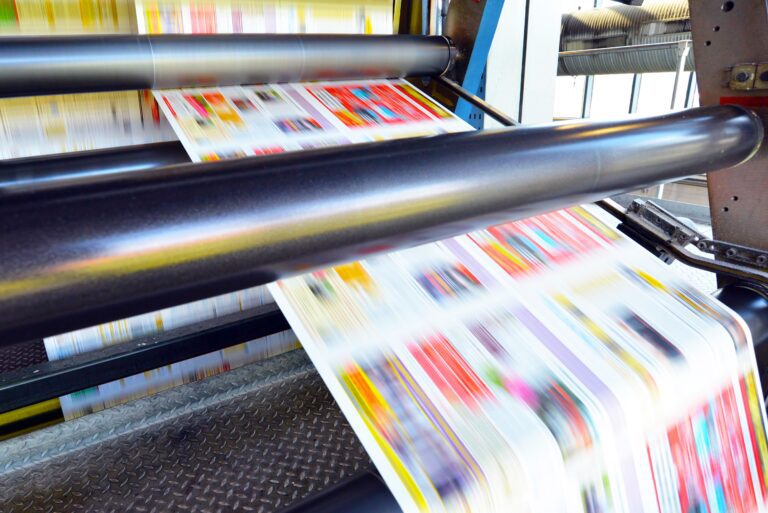March 01, 2022
How to Write the Ultimate CTA

A strong call to action can be your ticket to increased conversions, more sales, and large amounts of traffic. These powerful phrases work to convince readers to engage, making decisions that help them build a relationship with your brand. Here are five steps to help you create an unforgettable, unbeatable CTA that’ll grab readers’ attention right away.
Step 1: Determine What You Want Your Audience to Do
This might sound like an obvious first step, but you have to have an end game in mind before you sit down to write your CTA. A lack of direction means a lack of conversion. You’ll also want to be sure to add a little creativity in there. (Your audience does have an appreciation for your brand voice, after all.) Think spice, not fluff, since conversion is the ultimate goal.
Step 2: Choose the Appropriate Type of CTA
Once you decide what it is your audience is meant to do, you can then determine the type of CTA that goes along with your goal. Here are a few to get you started. Some of them may not apply to your business at this moment, but it’s good to familiarize yourself with them for the future.
Event Attendance
Got a virtual or live event on the horizon? You’ll want to let your consumer base know. This type of call to action is meant to push ticket sales, boost attendance, and create a mailing list of attendees. You’ll build a relationship with these folks through event updates.
Add to Cart
A favorite of ecommerce marketers, an Add to Cart CTA is mean to help the customer enter the purchasing funnel. A well-executed one will give the buyer a snapshot of their cart and the opportunity to complete the purchase.
Lead Capture
Imagine you’re enjoying a conversation with someone you’ve just met on a night out. You’re going to get their information before they leave just to see where this goes, right? For your business, lead capture is going to work similarly. The ultimate goal is to encourage further engagement with your brand by offering a discount, a free trial, or a product demo in exchange for information.
Continue
This type of CTA is longer-form content’s best friend. Give your audience a small taste of the real thing, then give them a chance to read the rest of whatever interests them. Perfect for blogs and other news sites!
Form Submission
Form submission CTAs go hand-in-hand with lead capture. Whether it’s a pop-up or any other form on your website, you’re allowing readers to submit their personal information to snag an offer. This is how you get people with a more casual interest in your business to stick around.
Social Sharing
We all know the power of social media when it comes to brand awareness. So, why not encourage your readers to help you get the word out? Social shares are low-risk for both your business and the user, and readers can get that content our quickly. The more consumers that post, the larger your visibility becomes.
Step 3: Write!
Now that you’ve got your goal figured out and you know what kind of CTA is most suitable, it’s time to get to writing. Here are some tips to keep you from just staring at a blank Word document.
Use Simple Terms
With attention spans on the decline, you’re going to want to get your point across quickly. Tell your audience exactly what you’d like them to do, and be straightforward! For example, if you want your readers to join your mailing list, using “Subscribe” is probably your best bet.
Make Friends with FOMO
The best CTAs come along with a sense of urgency. The last thing you want is to give your reader a chance to forget about what you’re offering. By including an end date to the offer, you’re encouraging your audience to act immediately. Take it a step further and include a countdown on the pop-up or landing page to tap into FOMO (Fear of Missing Out) even further.
Keep it Streamlined
While it may be tempting to ask customers to take multiple actions at the same time, one CTA per pop-up or page keeps it from getting too cluttered. Plus, too many CTAs at once can confuse readers, and they might not even act in the first place. Stick to one call to action to avoid overstimulation. If you must put multiple CTAs on a page, make sure each one occupies its own area of the page to limit competition.
Utilize Action Words
Ultimately, you’re looking to inspire your audience with your CTA. Verbs such as “join,” “learn,” and “start” can instill a sense of adventure and community in readers, making them all the more likely to act. If you want to take it a step further, use words like “I” and “you” to build the foundation of a relationship with them. Speaking directly to the reader can help to draw them in even further.
Step 4: Choose Your Visuals
Your copy’s written, so it’s time to get cranking on some visuals. Here’s how to make your CTA’s imagery work for you.
Make It Easy to Spot
You don’t want your call to action to get lost in the shuffle. If you’re using busy imagery, loud and distracting color schemes, or the same color for all elements, the CTA isn’t going to be as prominent as it should be. Contrasting colors and simple backgrounds are the ticket here.
Try Fonts on for Size
Ideally, your CTA is going to cut through digital noise and stop the reader’s scroll. So, when it comes to font size, you’re looking for a Goldilocks-esque happy medium. A font that’s too large might get written off at spam, and one that’s too small will probably get skipped over. You’ll want to make sure they have a hard time passing it by.
Step 5: Put It in its Place
Now for the home stretch: finding the best place to put your CTA. Let’s go over a few tips for making your CTA stand out in the best way at the best time during the customer journey.
Pick the Proper Placement for the Type of CTA
Event Attendance
For upcoming virtual or live events, get the word out on the bottom of receipts, on account dashboards, or on the bottom of login pages.
Add to Cart
All product pages should have an Add to Cart CTAs, but it doesn’t stop there. Throw them in email blasts, relevant blog posts, and shoppable social posts.
Lead Capture
Where are new visitors spending the most time? Whether it’s the homepage, certain blog articles, or another page completely, you’re going to want to make sure you put your lead capture there.
Continue
This type of CTA is best suited for longer-form content, such as your About Us page or lengthy blog articles.
Form Submission
There are a few places to add a form submission pop-up. Placing it before your landing page is a great way to incentivize customers to hand their data over. You can also use it when consumers are about to click away from your site. Grab them before they bounce!
Social Sharing
For this type of CTA, you can be a little more generous with your placement. Content-rich pages that offer shareable, savable information, such as landing pages, blog posts, or product pages, are all solid options.
Avoid Lengthy Scrolling
While it might make sense to put the CTA at the end of the content, but what happens if the reader doesn’t make it to the end? Adding a CTA above the fold or in the middle of the content on the page will ensure you capture as many readers as possible.
Consider Your Devices
Different devices result in different user behavior and search intent. Many people might reach for their mobile devices to quickly look something up but may spend time doing lengthy product research on their laptops or tablets. For ads that appear on mobile devices, it’s wise to focus on CTAs that result in instant gratification.
Final Thoughts
When writing a call to action, your goal is to get customers to convert, so you’ve got to do everything you can to draw them in. Exciting language, strategic placements, and appealing color palettes are the building blocks of a strong CTA. Put all the puzzle pieces together, and you might just see an increase in conversion rates.
Share this:












